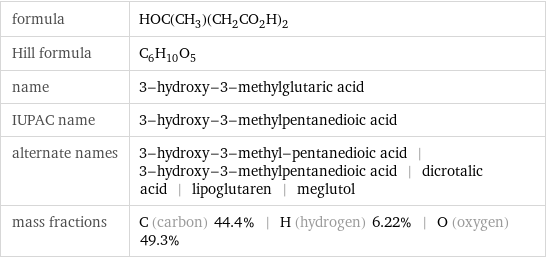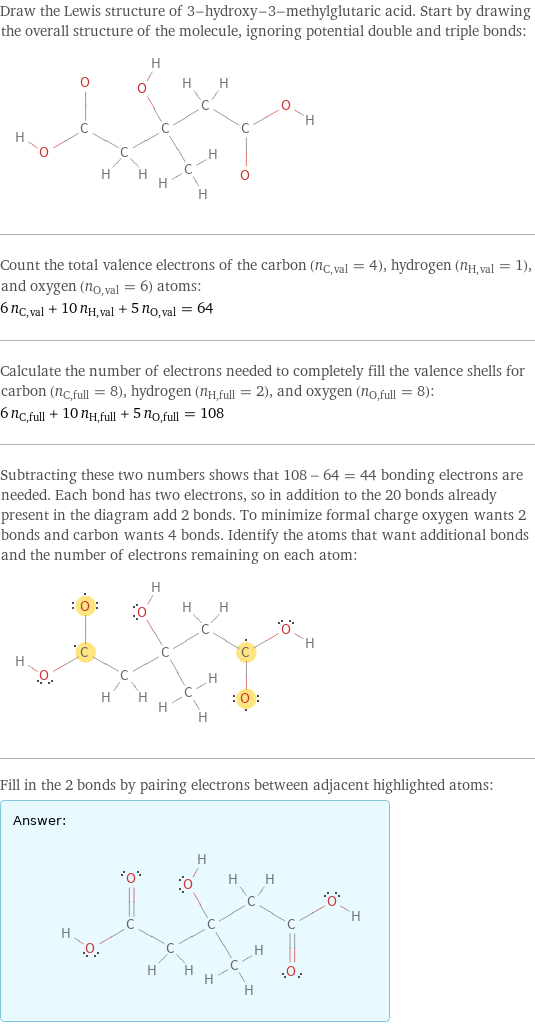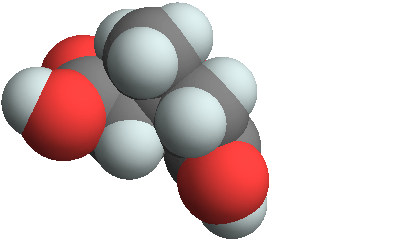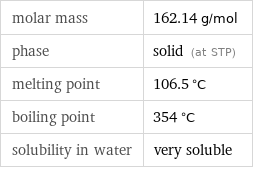Input interpretation

3-hydroxy-3-methylglutaric acid
Chemical names and formulas

formula | HOC(CH_3)(CH_2CO_2H)_2 Hill formula | C_6H_10O_5 name | 3-hydroxy-3-methylglutaric acid IUPAC name | 3-hydroxy-3-methylpentanedioic acid alternate names | 3-hydroxy-3-methyl-pentanedioic acid | 3-hydroxy-3-methylpentanedioic acid | dicrotalic acid | lipoglutaren | meglutol mass fractions | C (carbon) 44.4% | H (hydrogen) 6.22% | O (oxygen) 49.3%
Lewis structure

Draw the Lewis structure of 3-hydroxy-3-methylglutaric acid. Start by drawing the overall structure of the molecule, ignoring potential double and triple bonds: Count the total valence electrons of the carbon (n_C, val = 4), hydrogen (n_H, val = 1), and oxygen (n_O, val = 6) atoms: 6 n_C, val + 10 n_H, val + 5 n_O, val = 64 Calculate the number of electrons needed to completely fill the valence shells for carbon (n_C, full = 8), hydrogen (n_H, full = 2), and oxygen (n_O, full = 8): 6 n_C, full + 10 n_H, full + 5 n_O, full = 108 Subtracting these two numbers shows that 108 - 64 = 44 bonding electrons are needed. Each bond has two electrons, so in addition to the 20 bonds already present in the diagram add 2 bonds. To minimize formal charge oxygen wants 2 bonds and carbon wants 4 bonds. Identify the atoms that want additional bonds and the number of electrons remaining on each atom: Fill in the 2 bonds by pairing electrons between adjacent highlighted atoms: Answer: | |
3D structure

3D structure
Basic properties

molar mass | 162.14 g/mol phase | solid (at STP) melting point | 106.5 °C boiling point | 354 °C solubility in water | very soluble
Units

Hydrophobicity and permeability properties

predicted LogP hydrophobicity | -0.88 predicted LogS | 0.23
Basic drug properties

approval status | experimental | small molecule drug categories | anticholesteremic agent | antilipemic agent | enzyme inhibitor | hydroxymethylglutaryl-coa reductase inhibitor
Thermodynamic properties

molar heat of vaporization | 69.4 kJ/mol specific heat of vaporization | 0.428 kJ/g (at STP)
Chemical identifiers

CAS number | 503-49-1 Beilstein number | 1769194 PubChem CID number | 1662 PubChem SID number | 7888751 SMILES identifier | CC(CC(=O)O)(CC(=O)O)O InChI identifier | InChI=1/C6H10O5/c1-6(11, 2-4(7)8)3-5(9)10/h11H, 2-3H2, 1H3, (H, 7, 8)(H, 9, 10)/f/h7, 9H InChI key | NPOAOTPXWNWTSH-AUDIXQRPCR RTECS number | MA3753000 MDL number | MFCD00002712
Safety properties

flash point | 182 °C
Toxicity properties

RTECS classes | drug